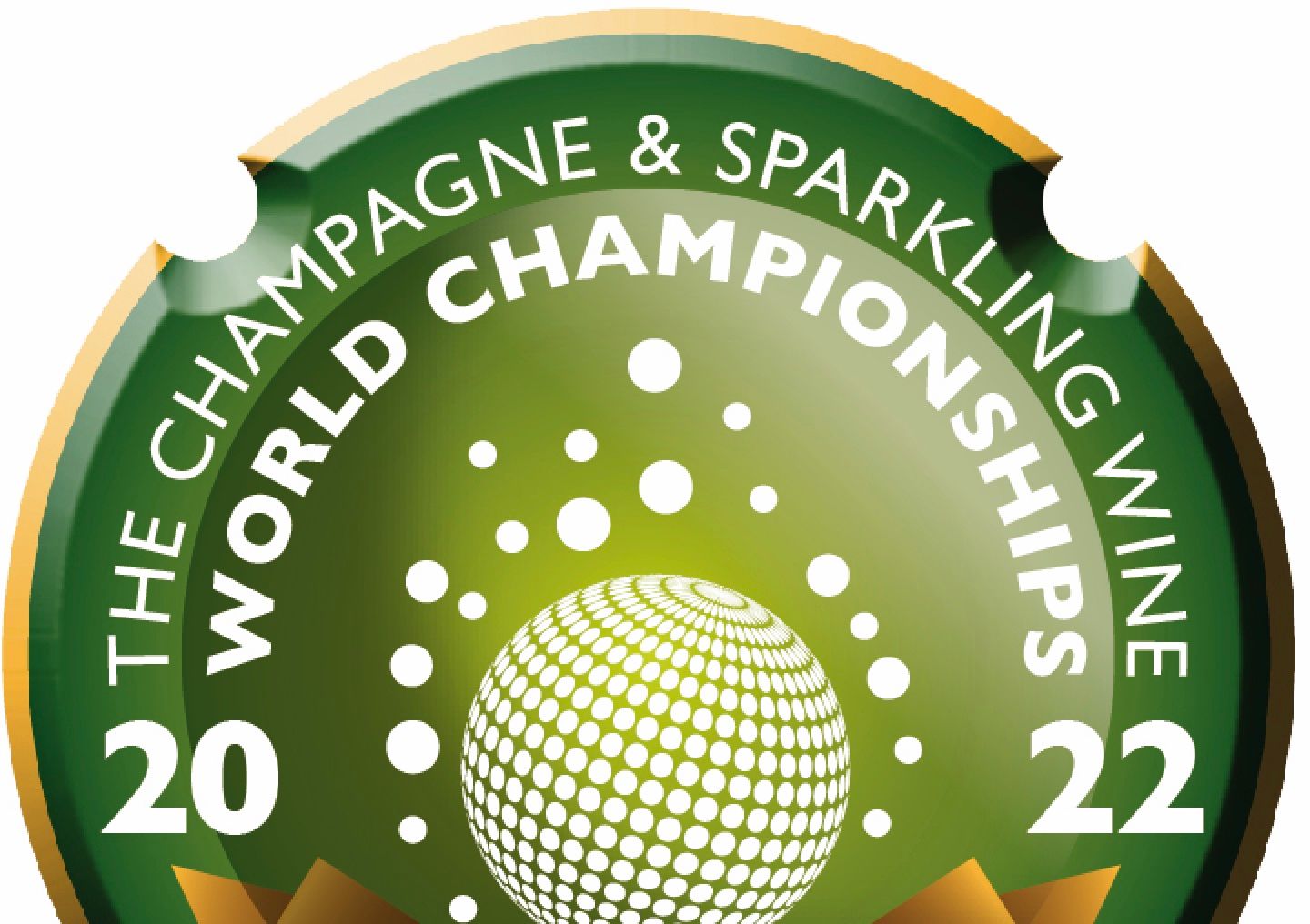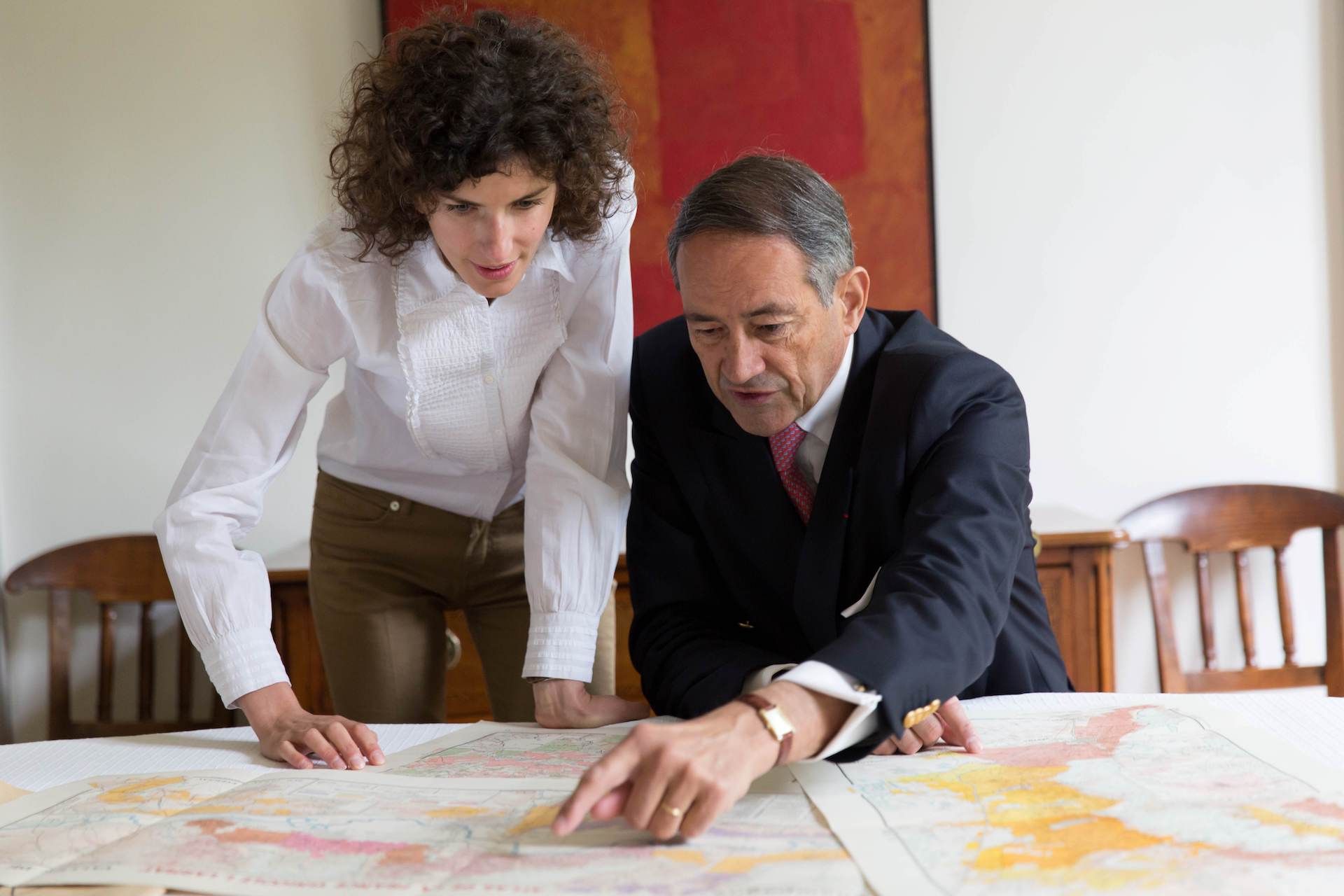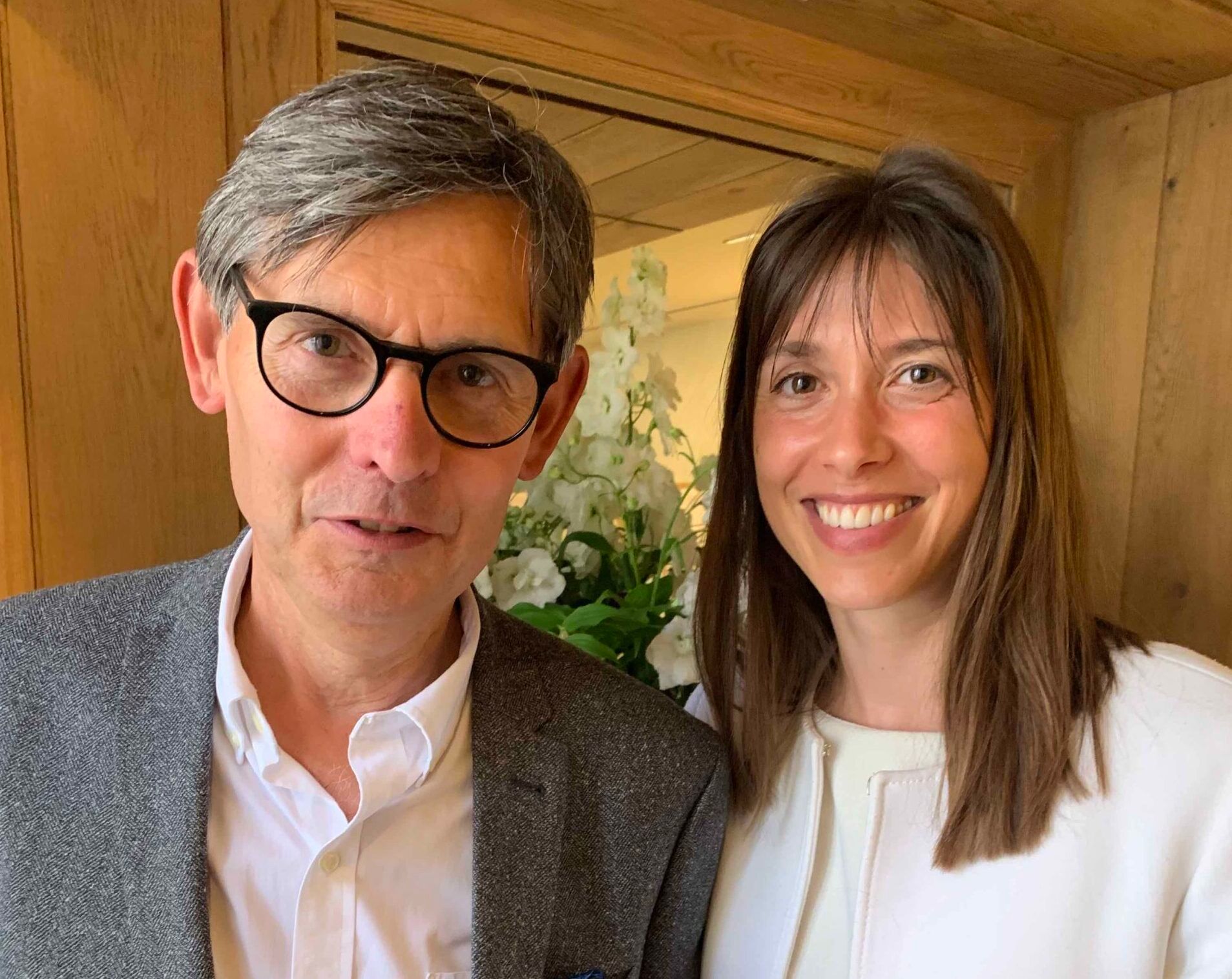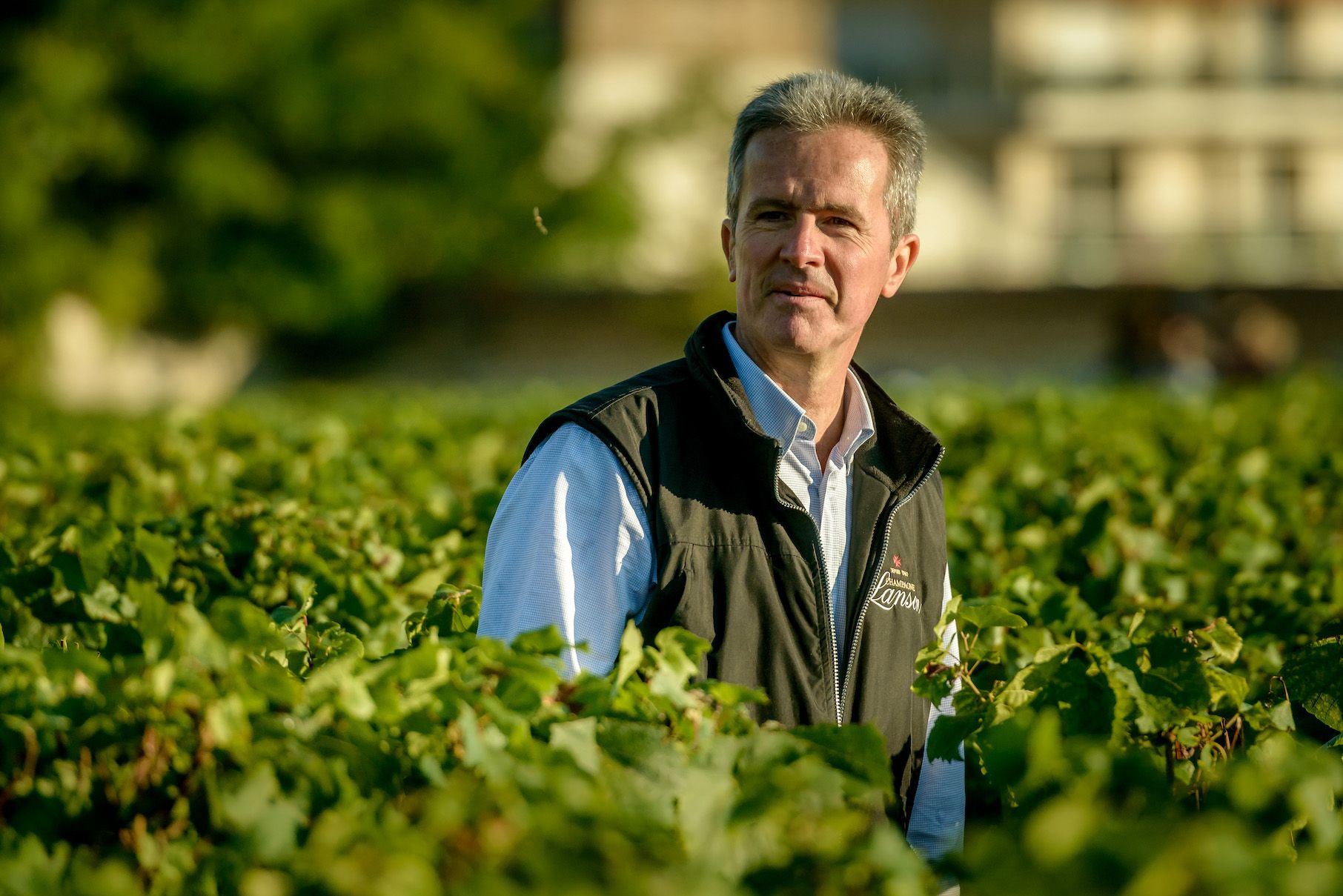Lucie Pereyre de Nonancourt was in London for a special tasting of Grand Siècle. She is the granddaughter of Bernard de Nonancourt who, after being a French Résistance agent, took over the rather run-down Champagne house of Laurent-Perrier in 1948 when the world of Champagne was still rather different. In France, Champagne would be served after the meal, and it was all about Grandes Marques, house styles and generous dosages. But the energetic and enterprising young Bernard had different ideas.
“He wanted to make wines of freshness, purity and elegance and decided on a lot of innovation,” said Pereyre de Nonancourt. “For freshness, he focussed on Chardonnay, he only used stainless steel to preserve purity and lowered the dosage so his Champagne could be drunk as an apéritif.”
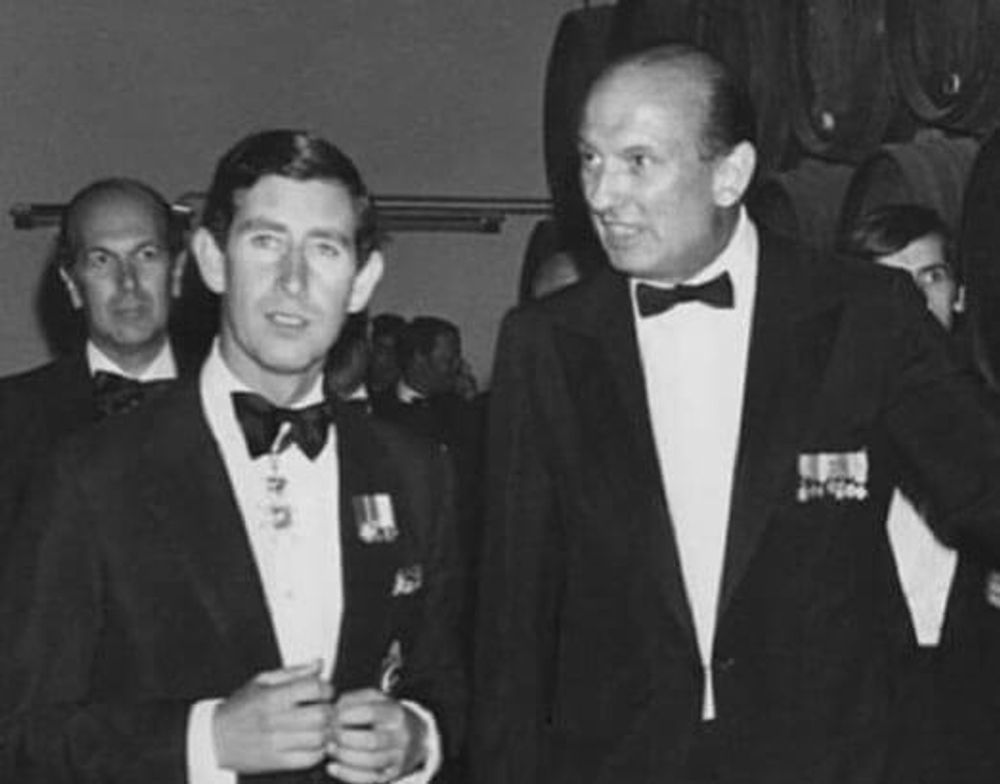
Last week it was announced that Laurent-Perrier is the first House to receive a Royal Warrant from HRH King Charles III
The visionary idea of Grand Siècle
Bernard de Nonancourt did not stop at showcasing purity and freshness. He knew how good the wines could be and how well they could age, he also observed various houses beginning to release vintage-dated prestige cuvées. He thus “created a prestige cuvée to show off the know-how of the small house that nobody knew at the time,” Pereyre de Nonancourt explained.
But rather than base his top wine on a single vintage, he based his Grand Siècle on three exceptional vintages that complemented each other – sourced from exceptional vineyards.
“A Champagne that was able to gain extraordinary aromatic complexity without losing vivacity and freshness,” is how Pereyre de Nonancourt put it. The first Grand Siècle was a blend of the 1952, 1953 and 1955 vintages, released in 1959. To this day, it is the only prestige cuvée made this way in Champagne.

Telling the story
De Nonancourt continued making his exceptional wine but with so much change in the way Champagne is marketed and sold, Laurent-Perrier missed a few beats. It took Lucie Pereyre de Nonancourt to begin telling the story – 62 years after the wine was first released.
It was in 2019 that the house finally decided to number each new blend, or Itération, of Grand Siècle, starting with Itération 24 and telling the world what vintages each cuvée contained. In one fell swoop, with brilliantly orchestrated communication that always included tasting various iterations side by side so that the subtle and delicious differences could shine, Grand Siècle went from sleeper to sensation.
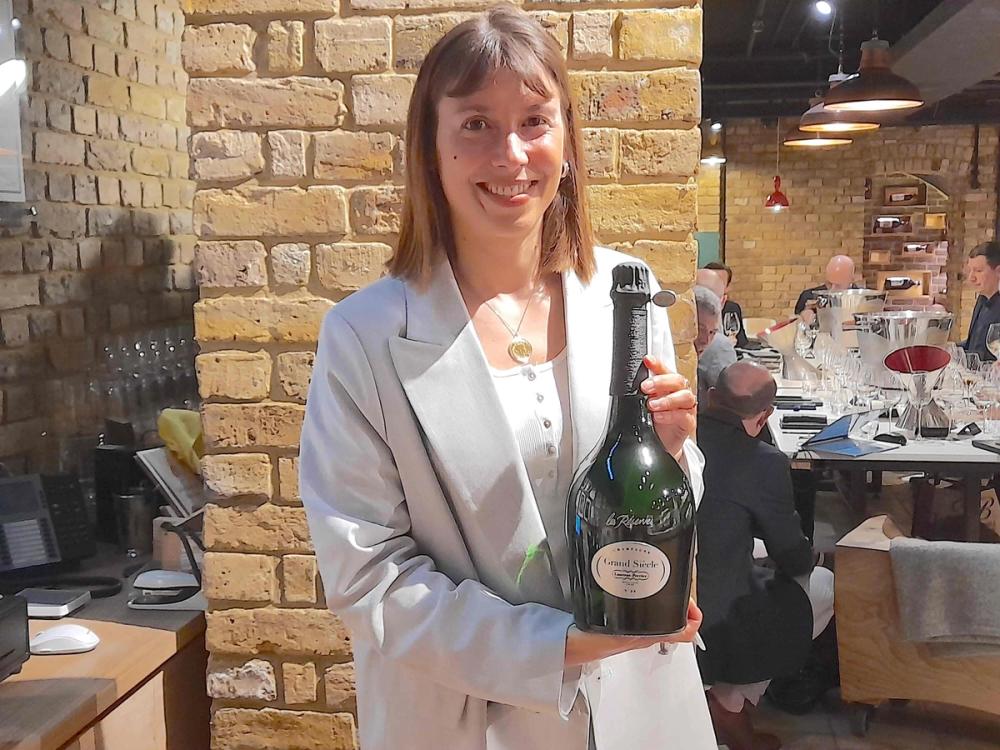
Lucie Pereyre de Nonancourt, London launch, May 14, 2024
Mystique and master strokes
When I asked Lucie Pereyre de Nonancourt why it took Laurent-Perrier so long to share this exceptional story, she noted that the old cellar master Michel Fauconnet who had worked alongside her grandfather had been sceptical about the idea of sharing so much information.
“It was a different era,” she noted. He was still of the generation that wanted to preserve the secrets of Champagne and obscure so much of the art that went into blending, to uphold a ‘mystique’ that would somehow hook the consumer. But times have changed. The sophisticated Champagne market now demands transparency.
Daniel Brennan, brand director of Laurent-Perrier UK Ltd, encapsulated this perfectly when he said: “You take away the mystique and share the magic potion.”
Simon Herriot, private sales team leader at Jeroboams, said: “Over the last few releases, we have a lot more people engaging with it [Grand Siècle], communicating the iterations has been a great move commercially as well as stylistically.”
Pereyre de Nonancourt said: “Our interaction with everyone is a lot more interesting now” while Edouard Cossy, global director for Grand Siècle, noted: “Now we have people who wait for the next iteration to arrive. This has raised the level of discussion a lot.”
While numbering the Itérations was not an original move – Jacquesson started numbering its annual multi-vintage releases in the early 2000s, and Krug started numbering each ‘edition’ of its Grande Cuvée in 2016 – it was nonetheless a master stroke.
Bottles and magnums
Interestingly, bottles and magnums of the same iteration are never released at the same time. While Itération 23 was not yet numbered when it was released in bottle, it is numbered as a release in magnum. Cossy noted that bottles of Grand Siècle are released with a minimum of ten years lees ageing, while magnums of the same iteration needed more time to achieve the same harmony and balance, somewhere between 14 and 16 years.
While the current release in bottle is 26, based on the 2012, 2008 and 2007 vintages, the current release in magnum is 23, based on the vintages 2006, 2004 and 2002.
The Grand Siècle bottle shape with its slender, long neck also slows evolution, necessitating the long time on lees but also guaranteeing further ageing potential post-disgorgement.
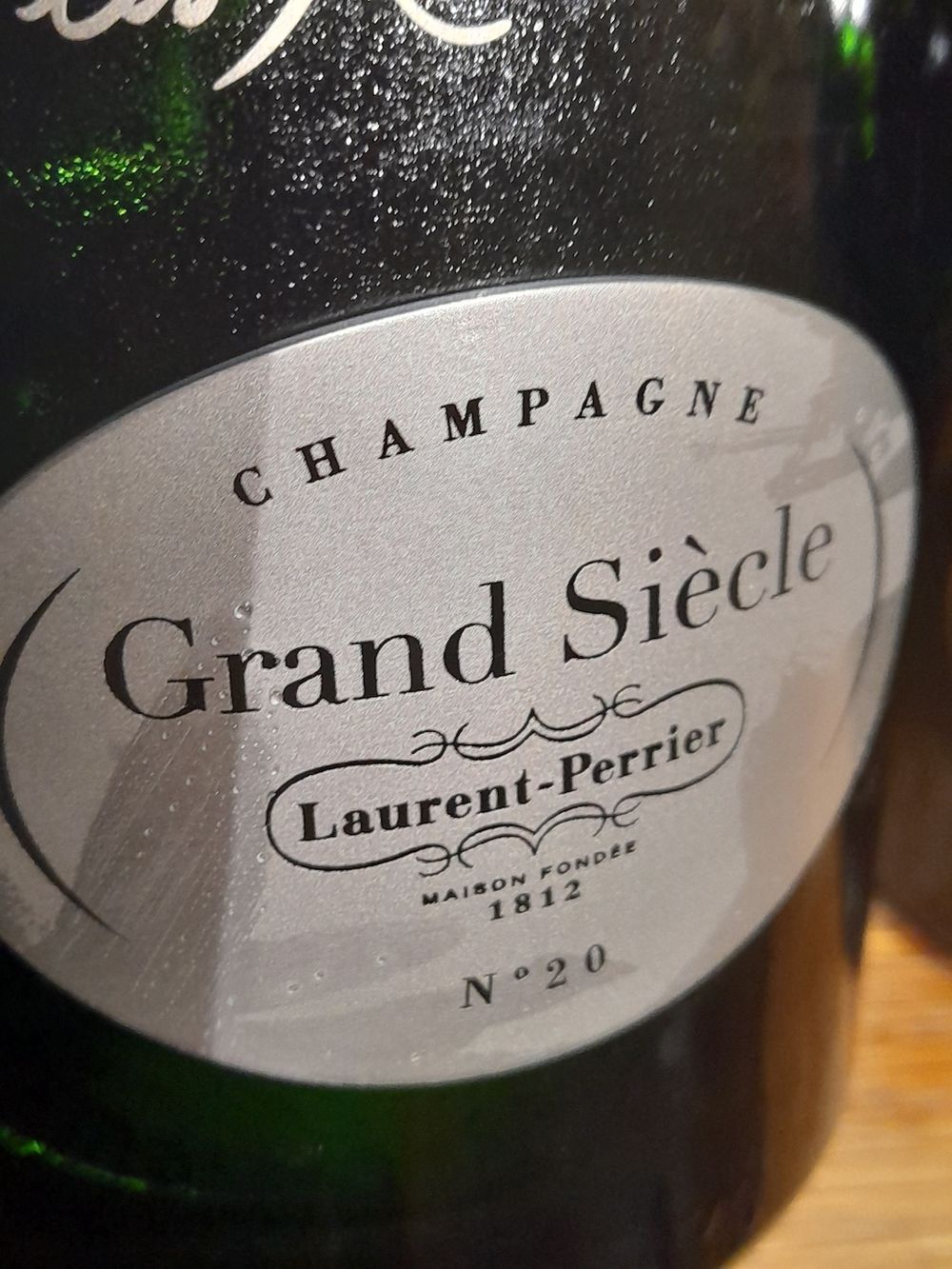
Upping the game
Having achieved the necessary and well-deserved notorieté for its prestige cuvée at last, Laurent-Perrier is now able to top its success with a long-aged late release Champagne – launched in London this week: the Grand Siècle Les Réserves Itération No. 20, based on the 1999, 1997 and 1996 vintages, aged on lees for 21 years and available in very small quantities.
The release is only the second of such a mature wine, stemming from a discovery that Bernard de Nonancourt’s daughters Alexandra and Stéphanie made in his private reserve cellar when they looked for something special to celebrate the house’s bicentenary in 2012, two years after Bernard’s death in 2010.
“They found undisgorged magnums and jeroboams of Grand Siècle,“ Pereyre de Nonancourt said, “and understood that he wanted to experiment with long ageing. They discovered the beauty of aromatic complexity reached by this harmony of the primary, secondary and tertiary aromas without losing any vibrancy.”
This had been iteration 17, based on the 1995, 1993 and 1990 vintages, released in 2012. This new release of Grand Siècle Les Réserves Itération No. 20 illustrates Bernard de Nonancourt’s ideas perfectly: the wine shows lovely evolution since I first tasted it pre-release in the Laurent-Perrier cellars back in March 2023 – but also brilliant freshness.

The tasting
The wines deserve the hype – they manifest the idea of freshness and evolution combined and illustrate how well extended ageing suits them. To begin with, Lucie Pereyre de Nonancourt showed the 2012 vintage of Laurent-Perrier, just to contrast the house’s expression of one vintage year with her grandfather’s vision of combining three exceptional but complementary vintages.
Single vintages are always half Chardonnay, half Pinot Noir. Since 1950, the house has released just 30 vintages, including 2012, compared to 49 declared vintages in Champagne as a whole. Pereyre de Nonancourt then showed the Grand Siècle Itération No. 26 from bottle, Grand Siècle Itération No. 23 from magnum and finally the Grand Siècle Les Réserves Itération No. 20, also in magnum.
Laurent-Perrier Brut Millésimé 2012
50% Chardonnay from Le Mesnil-sur-Oger, Oger, Cramant and Chouilly and 50% Pinot Noir from Bouzy, Aÿ, Verzy, Mailly and Rilly-la-Montagne.
Exceptional creaminess on the nose is a perfect rendition of fresh crème pâtissière, lemon and apricot. Lovely shortcrust notes make for exceptional richness. The palate has a smooth roundedness, a richness, with a lovely edge of liquorice dispersed by creamy, fine mousse. Freshness makes the mouth water with a juicy vein of stone fruit and citrus liveliness. Umami richness defines the long, rich finish, again inflected with a note of liquorice.
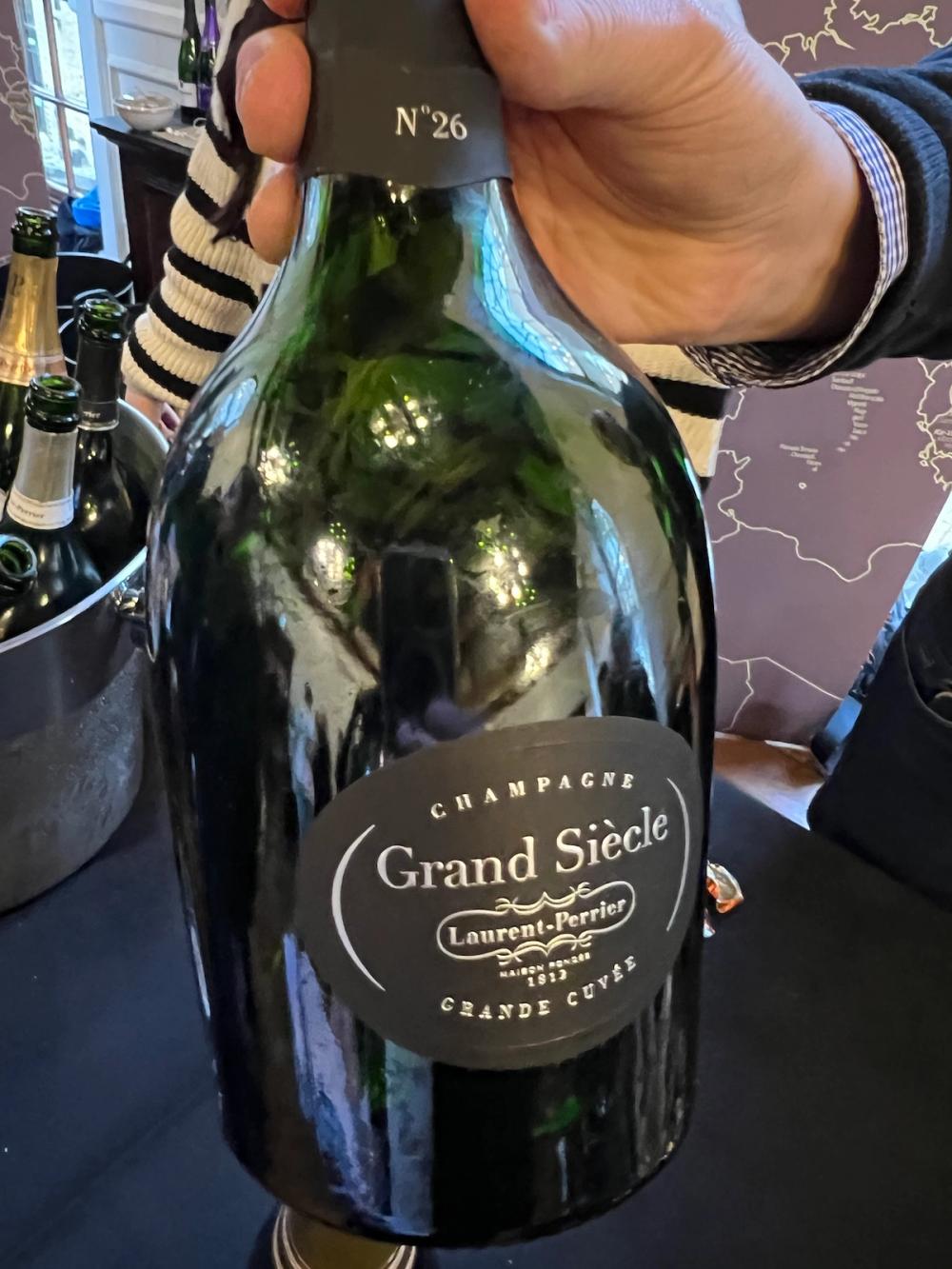
Grand Siècle Itération No. 26
Based on 2012 (65%), 2008 (25%) and 2007 (10%), a blend of 58% Chardonnay from Le Mesnil-sur-Oger, Oger, Cramant and Avize and 42% of Pinot Noir from Tours-sur-Marne, Ambonnay, Bouzy and Verzy.
Florality and chalk are the first notions on the nose, closely followed by highlights of lemon, freshly crushed yarrow and an overtone of jasmine. Despite all these aromatic top notes, there is a promise of deeper richness, of salty shortbread and redcurrant crumble shining through. Very fine mousse pulses through this vibrant wine on a taut body that seems to accelerate its flow by passing these generous flavours through such a tight body. Exciting, invigorating and with a delicious extra dimension, like a teasing electric flicker – totally fun but also most serious – creamy and long.
Grand Siècle Itération No. 23 en magnum
Based on 2006 (65%), 2004 (20%) and 2002 (15%), a blend of 58% Chardonnay from Le Mesnil-sur-Oger, Cramant, Avize, Chouilly and Oger and 42% Pinot Noir from Bouzy, Ambonnay, Verzy, Verzenay, Tours-sur-Marne and Mailly.
Exquisite intensity on the nose unites lichen on wet stone, dried lemon rind and the intensity of fresh, ripe Amalfi lemon against a richer backdrop of freshly baked apricot tart. The palate follows suit with lemony intent, fills mind and mouth with finest freshness and a mellow, enticing undertow that brings ripe apricot and Mirabelle plum, leaving a stony, chalky serenity on the mid-palate and finishing with vivacious freshness. Exquisite and at a lovely peak right now.

Grand Siècle Les Réserves Itération No. 20 en magnum
Based on 1999 (60%), 1997 (20%) and 1996 (20%), a blend of 54% Chardonnay from Avize, Cramant, Oger and Le Mesnil-sur-Oger and 46% Pinot Noir from Ambonnay, Bouzy, Tours-sur-Marne and Mailly.
Wet stone and a distant note of beeswax are clothed in serene lemon. The next sniff is headier with a slight lift of dried lemon peel with overtones of chamomile tisane, yet with energetic freshness. The superfine mousse bubbles though the wine that has a light, balm-like texture that again is a little reminiscent of chamomile with an absolute edge of lemon. So slender, so profoundly chalky, yet generous in flavour, rich with lemon oil, linear in shape and absolutely poised and still so very fresh – not a wrinkle in fact. A real and memorable experience for Champagne lovers.
Laurent-Perrier is a commercial partner of The Buyer. To discover more about them click here.

